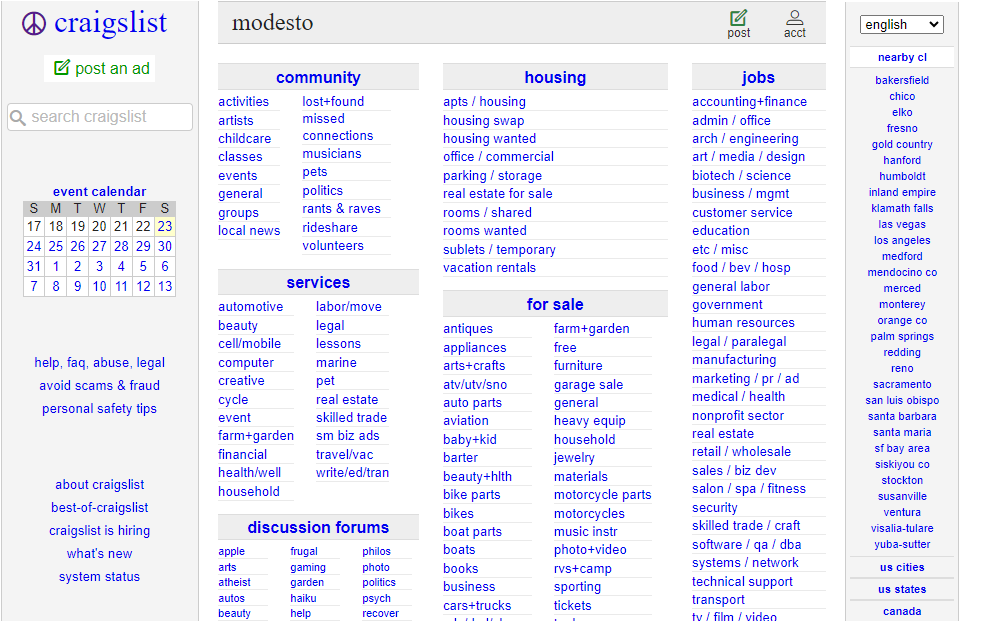Quality assurance (QA) is important when delivering products or solutions to market. Client demands must be met by products, services and solutions, but the solution must not include unnecessary risks or defects either.
If a web app for a financial company is being developed and almost ready for market, the final step before delivering the app is often QA.
The QA will look for:
- Bugs that the app has under certain conditions that may not be determined during initial testing
- Security holes or risks that may cause data leaks or data breaches
- Flaws or issues that are not easily recognized
Quality assurance is an integral part of bringing a product to market.
Functionality, brought to the market through hiring high-end developers and engineers, is not enough to ensure that quality of a product. A lot of companies assume that their developers are talented, so there’s no need to have quality assurance testers test their product.
But this assumption can lead to a quickly tarnished reputation.
When QA is implemented properly, it allows a business to enhance their product and lower the risk of bugs or vulnerabilities. A few of the many ways that working with QAwerk, a QA company, enhances a product or service are:
Enhance User Satisfaction and Experience
User satisfaction and experience are the heartbeat of growing businesses. When users are satisfied, they’ll become long-term users and recommend your business to others. But when satisfaction and experience are an afterthought, potential customers may be turned away.
Bad reviews, press and media will cause a business’ reputation to suffer.
When quality assurance is conducted properly, it will allow for:
- A smooth user experience
- Enhance user satisfaction
- Lower costs
- Reduce consumer turnover
Customers will encounter fewer mistakes or issues in an application. It’s better to undergo thorough testing than to wait for customers to point out errors with a site, application or product.
QA aims to take a proactive approach that helps ensure:
- Reliability
- Stability
- Accessibility
- Security
Lower Risks of Failure
Success is never guaranteed. Users may find that their experience or bugs with an application cause the product not to meet their needs. Testing, especially during the development cycle, lowers the risk of software and app failure.
Testers will further ensure that developers closely follow customer requirements and project plans.
It’s easy for a development team to deviate from a project’s goals. But when the development process includes in-depth testing, developers are forced to follow project goals and guidelines.
The end result? Less costs and less time lost in the development process.
Feature Testing and Not Just Bug Testing
Apps, SaaS applications and products can all have bugs. We’ve all had an experience where we downloaded an app or software only to find out that a key feature did not function as expected. Perhaps the app froze, double entries were made in the database or other issues popped up during your initial trial of the program.
When this happens, it causes consumers to lose confidence in the program.
Testers go well beyond bug testing and will also make sure that a feature works as expected. Simple issues, such as navigation or the menu not working on iOS properly, must be considered.
Testers aim to look at a product through the eyes of the consumer.
And when testers do look at projects through the eyes of consumers, it’s much easier to find feature issues that can be corrected before the product goes to market.
Quality Assurance Standards
Quality assurance standards may vary based on the product or service produced. In the manufacturing industry, there is a set of international standards that must be followed. The International Organization for Standardization (ISO) represents over 100 countries and helps organizations meet regulatory and statutory requirements.
ISO standards can be monitored and products can be tested to assure that all products meet international standards.
When working on QA, teams are often formed to be able to test applications or products from a third-party perspective. Outside teams are often brought into the process so that a fresh pair of eyes can look over the process.
The right team will provide in-depth reports and be able to catch any issues with features or bugs that may occur.
Throughout the testing process, as issues are corrected, it will be possible to retest past issues, find any potential new issues and ensure that the consumer receives a product that is ready for market.
Everyone, no matter how long they have been programming, will make errors. Security issues or bugs slip through the cracks at the world’s largest companies. Through intense, third-party testing, it’s possible to catch many of the bugs that are missed during the development process.
Finding bugs, enhancing the user experience and ensuring that features function as stated reduce a product’s risk of failure, lower costs and increase consumer retention.







Add Comment